FMI – Future Market Insights states that the sales of IoT in the product development market are evaluated at US$ 35 billion, and it is projected to expand at 14.5% CAGR during the time frame 2023 to 2033[1]. The IoT product market is likely to increase by 155.8 billion in valuation by the end of 2033.
According to statistics, there will be 75 billion IoT-connected devices[2], and this explosion in IoT devices is now all around the world. Consumer IoT and media devices hold the largest share of connected IoT devices. Understanding the importance of how the IoT ecosystem is growing at an unprecedented rate, it only makes sense to learn about integrating IoT products into business processes. The Internet of Things in product development helps to improve operational efficiency, enable data-driven insights and enhance the overall customer experience.
Let us walk you through this informative guide to IoT in product development to help you navigate the complexities of IoT implementation.
What is IoT Product Development?
IoT product development is the process of bringing together a heterogenous stack of hardware, software, internet connectivity, and a mix of technologies. The aim is to design and deliver smart solutions or systems that can communicate with other devices to exchange data in real-time.
IoT product development ranges across CIoT devices for consumer markets to IIoT devices for improving cost efficiency in industries. Given the complexity that emerges from combining the extensive network of the multi-layered heterogeneous tech stack, understanding IoT product development becomes imperative to achieve ROI to make it a success.
According to IDC[3] the spending on IoT is expected to surpass $1 Trillion by 2026. Therefore, investing in IoT projects is essential for organizations to achieve business goals such as cost savings or supply chain efficiency. Understanding IoT product development stages and the process helps you unlock the power of IoT for your business.
IoT Product Development Stages
Like any meticulously planned software development project, the IoT product development process follows defined stages. Every stage has a predetermined purpose and timeline that may vary depending on a project’s unique needs and goals.
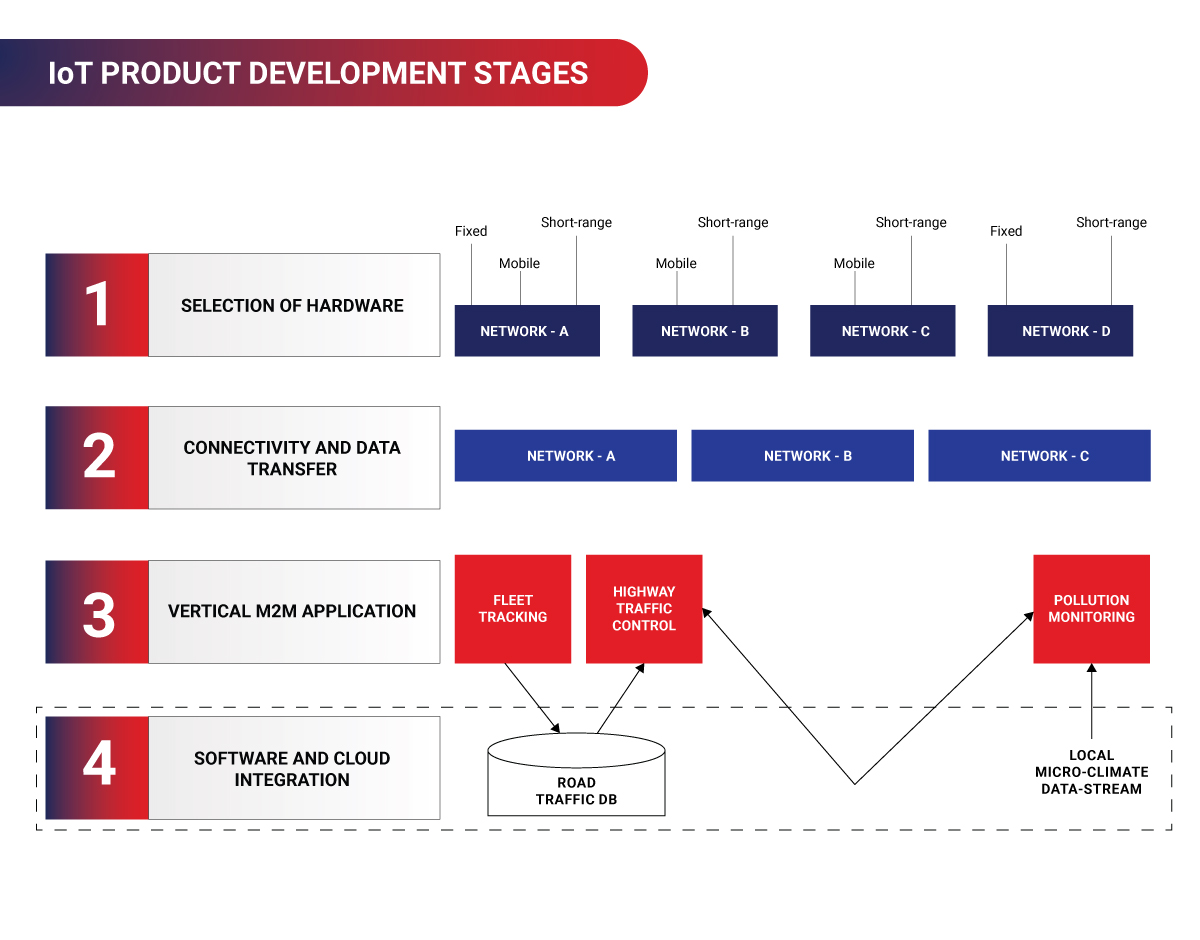
Selection of Hardware
IoT product development requires two types of hardware: one for sensing and another to convert electrical signals into physical outcomes. A knowledgeable team specializing in different IoT boards, sensors, and connected devices can help you find the right hardware components for your specific IoT product development needs.
Connectivity and Data Transfer
An experienced IoT product development team can add cellular, Bluetooth low energy (BLE) beacons, Wi-Fi, RFID tags, and GPS technologies into your IoT solution. These technologies are key to ensuring real-time data transmission without compromising security and privacy.
Vertical M2M Application
A vertical machine-to-machine app is designed to enable machines or sensors to communicate/ exchange data through a network without human intervention. The sensors embedded within the M2M devices would allow data to be transmitted from one device to another through wireless communication networks. The Industrial Internet of Things (IIoT) network relies on wireless communications, power lines, and serial connections for real-time data sharing between two devices.
Software and Cloud Integration
Web and mobile apps are designed to control the functionality of an IoT product hosted on cloud servers. These enable real-time monitoring and autonomous operation of an IoT product’s functions.
Drawing on our IoT app development expertise, we can help you build robust and reliable IoT products that enhance your business growth.
IoT Product Development Process
At Rishabh, we’ve designed a holistic IoT product development process that typically follows these ten key steps to ensure a successful outcome:

Assessment
We start by understanding your unique requirements and determining the necessary functionalities and the right tech stack for developing your IoT application. We assess your project’s ecosystem, size, scope, and hardware/software needs as a part of the assessment.
Solution Roadmap
This step involves the development of a roadmap that efficiently addresses the identified needs for hardware, connectivity, communication protocols, IoT platform, solution architecture, and the IoT framework – while ensuring alignment with your project needs.
Design & Prototyping
Based on the roadmap, we create a simplified prototype of the IoT solution by integrating hardware and software components. This step involves a detailed analysis and validation of the product idea with minimal effort and cost. The IoT product design and development team explores various ways of prototyping and rapid iterations. This allows the team to test, evaluate and improvise quickly.
PoC Development
This step covers the complete conceptualization of the IoT product, integrating software components and hardware devices to create a clear picture of the end product. It involves refining the prototype, developing the back-end system, and creating the user interface.
Requirement Analysis
The purpose of this step is to thoroughly examine and refine the project requirements that were identified early on. The focus is on documenting detailed specifications, architecture, performance criteria, scalability needs, and functionalities to be integrated into the application. It involves collaborating with key stakeholders, clients, and end-users to understand potential risks, challenges, and dependencies to address bottlenecks. This step provides a solid foundation for building an IoT product that delivers value.
Product Development
This is the most crucial phase of any custom IoT product development process, as it involves the execution of the roadmap. This stage combines all the application and system architecture components and the finalized tech stack. It allows to implementation of the components and enables the defined features and functionalities.
Product Testing
Our testing and QA team do rigorous testing on the prototype and the network of components. It includes gathering user feedback to improve design, installation, usability, and user experience. Given the multi-layer heterogeneous tech stack in an IoT ecosystem, IoT prototype testing helps the team lower the risk of failure and save time and money.
Mass Production
This stage of the IoT product development process involves collaborating with mechanical engineers, manufacturing support partners, and components suppliers to develop your IoT product at scale.
Deployment
This step involves setting up the IoT infrastructure, configuring all the components, establishing connections, integrating data, and implementing security measures. These steps ensure validation, seamless operation, and effective use of the IoT product. We continue monitoring the IoT ecosystem post-deployment to ensure the system’s effectiveness.
Lifecycle Management
This is the final stage, where we analyze the data generated by the IoT platform, monitor the prototype’s performance, and gather insights for future iterations and optimizations. Effective lifecycle management ensures that your IoT product stays secure and up to date.
Challenges in Developing IoT Products and How We Help Solve Them
Based on our IoT product design and development experience, we’ve identified these 8 common challenges in developing an IoT product. We’ve also listed ways to address these challenges and avert long completion times, quality issues, budget overruns, and project failures!
Identifying and Authenticating Connected Devices
Securing device identification ensures that only authorized devices can access your IoT ecosystem. We prioritize implementing robust identity management using industry-standard encryption techniques and protocols to help you minimize the risk of data breaches.
Seamless Integration
Integration between IoT devices, platforms, and protocols is essential for smooth communication in an interoperable IoT environment. Our experienced IoT app development team specializes in working with diverse devices and protocols to help you overcome compatibility issues while ensuring your IoT app performs optimally across devices.
Poor Connectivity
Robust network connectivity is a prerequisite for mission-critical IoT products, but varying network conditions or latency present several hurdles. This challenge is best addressed in the design and device app environment by developing highly flexible and configurable IoT products. Our developers understand your device functions and develop it to ensure uninterrupted connectivity – even in challenging environments.
Lack of Data Security and Privacy
If you do not have security measures to protect sensitive data and user privacy, it will lead to unauthorized access, security threats, and data breaches. Here we implement robust encryption techniques while employing data transmission protocols. We strictly adhere to industry regulations and best practices to safeguard user privacy and data integrity.
Lack of Testing and Updates
Rigorous testing of connected devices is important so that IoT devices do not pose a security threat. Our dedicated quality assurance team conducts thorough testing to address any vulnerabilities and releases periodic firmware updates and security patches to ensure your IoT product stays secure.
Data Capturing and Processing
Managing enormous amounts of data is indeed challenging. We are proficient at implementing intelligent analytics solutions, using advanced technologies like Machine Learning and AI, so you can confidently make real-time data-driven decisions.
Operating Environment Concerns
IoT sensors are especially vulnerable when operating in extreme temperatures or harsh weather conditions. That is why we design resilient IoT solutions which can withstand harsh environments like low temperatures, high winds, rainfall, etc. We provide additional support to help you choose appropriate hardware components, implement protective enclosures, and conduct thorough environmental testing to ensure efficient operation even in unfavorable weather conditions.
Cross-Platform Compatibility
Successful IoT product development needs to account for future technological enhancements. Hence it is often challenging for developers to ensure that their IoT platform delivers optimal performance despite ongoing updates, feature enhancements, bug fixes, and a heavy OS. Our developers ensure that your IoT solution seamlessly integrates with different devices, operating systems, and platforms while considering software and hardware functionality.
The IoT Product Development Tech Stack We Use
Our IoT product developers employ supportive development frameworks and languages to create robust and scalable IoT applications.
We leverage various connectivity technologies, protocols, IoT platforms, sensors, and development frameworks to enable seamless connections and data transmission between IoT devices.
Our team is proficient at utilizing a variety of protocols such as AMQP, CoAP, DDS, MQTT, HTTP, TCP, and WebSocket to ensure interoperability and seamless integration within the IoT ecosystem. We harness the power of leading IoT platforms, like Azure, AWS, etc., to build scalable and secure IoT solutions. We’re equally competent at implementing a diverse sensor ecosystem to capture data and drive insightful analytics.
Platforms:
[vc_gallery type=”image_grid” images=”305040,305041,305042″ img_size=”full” onclick=”” column_number=”5″ grayscale=”no” images_space=”gallery_without_space”]
Hardware:
[vc_gallery type=”image_grid” images=”305043,305044,305045″ img_size=”full” onclick=”” column_number=”5″ grayscale=”no” images_space=”gallery_without_space”]
API & Web Services:
[vc_gallery type=”image_grid” images=”305035,305034,305033,305032″ img_size=”full” onclick=”” column_number=”5″ grayscale=”no” images_space=”gallery_without_space”]
Connectivity:
[vc_gallery type=”image_grid” images=”305046,305047,305048,305049,305050″ img_size=”full” onclick=”” column_number=”5″ grayscale=”no” images_space=”gallery_without_space”]
Protocols & Standards:
[vc_gallery type=”image_grid” images=”305051,305052,305053,305054,305055,305056,305057″ img_size=”full” onclick=”” column_number=”5″ grayscale=”no” images_space=”gallery_without_space”]
IoT Frameworks, Programming & Cloud:
[vc_gallery type=”image_grid” images=”305058,305059,305060,305061,305062,305063,305064,305065,305066,305067,305068,305069,305070″ img_size=”full” onclick=”” column_number=”5″ grayscale=”no” images_space=”gallery_without_space”]
Big Data, Data Analytics & ML:
[vc_gallery type=”image_grid” images=”305071,305072,305073,305074,305075,305076,305077,305078,305079,305080,305081,305082,305083,305084,305085″ img_size=”full” onclick=”” column_number=”5″ grayscale=”no” images_space=”gallery_without_space”]
Rishabh’s IoT Product Development Services
From startups to SMEs to large enterprises, we offer custom Internet Of Things application development services that cater to diverse industry use cases. Our IoT product development services portfolio covers varied IoT applications ranging from cleanliness and hygiene services ticketing to beverage cleaning solutions.
Following are the services we offer,
- IoT Application Development: We specialize in popular IoT frameworks, SDKs, and platforms to build native and cross-platform applications. We can also assist you with integrating AI and ML capabilities along with cloud ecosystem development.
- IoT Wearable App Development: We are competent at building IoT apps with microcomputers and sensors embedded in wearable devices such as AR/VR headsets, health trackers, smartwatches, and smart clothing.
- IoT Integration & Implementation: We can assist you with third-party software integrations, including analytics tools, across connected devices and channels. Whether you need help with designing the solution architecture for your IoT product or implementing an IoT solution, we’re fully equipped.
Our Success Story:
IoT-Powered Solution for Fluid Management
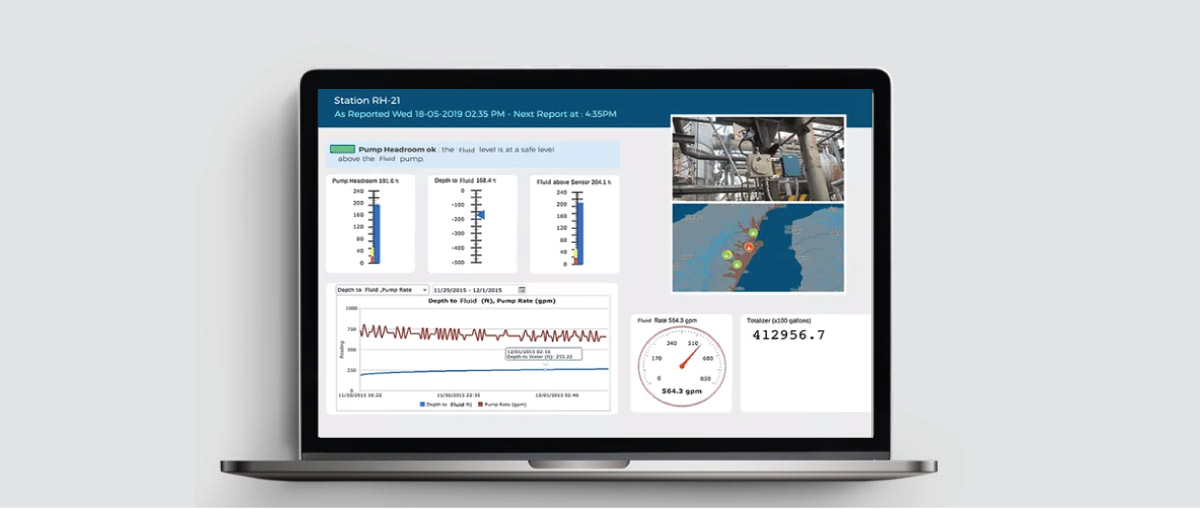
A leading manufacturer of fluid control systems wanted to implement a comprehensive web solution to capture and integrate operational data from different devices, sensors, and instruments. This existing manual system was error-prone and resulted in delays in delivery & production due to a lack of real-time insights.
So, to help them ensure 24×7 asset visibility for enhanced production planning and improved operations, we developed an IoT-based web solution with integrated analytics. It helps them measure the data related to fluid flow, volume, and storage level and also generates real-time reports.
Key Benefits Delivered:
- Easy access and management of data across functions with a customized dashboard
- Automated recording, verification, classification, and data versioning for accurate reporting
- 75% reduction in the time spent on routine processes resulting in improved operational efficiency
- 30% more cost savings with early detection of maintenance issues and requirements with integrated analytics
Know more about how implementing this IoT-enabled Fluid Management Solution increased the client’s sales revenue by 40%.
FAQs
Q: What factors should I consider when choosing an IoT product development company?
A: Choosing an experienced IoT development company offers you multi-fold benefits. It allows you to leverage their industry expertise, a comprehensive tech stack, and a vetted team of skilled and certified experts to give your project a head start. So, to ensure that you partner with an experienced and trusted IoT product development company, you need to consider the following key factors:
- A proven record of developing high-quality IoT app solutions
- Technical proficiency in developing solutions similar to the industry for which you want to build while adhering to industry regulations
- A strong understanding of best practices in data security and privacy in the IoT ecosystem
- IoT devices are complex; therefore, your IoT development partner must offer you dedicated support
- The ability to offer end-to-end IoT app development solutions allows them to provide custom-made solutions
Q: What is the importance of solution architecture in IoT product development?
A: A carefully designed architecture determines a comprehensive IoT product’s underlying structure, scalability, and efficiency. It ensures seamless connections between devices while enabling reliable data management. It is also essential to efficiently manage large-scale deployments that integrate existing systems. Finally, the architecture is pivotal to the future scalability of the IoT product for feature enhancements.
Q: What are the key factors for selecting the right architecture for an IoT product?
A: Consider the following factors when choosing an architecture for your IoT product:
- Data management
- Security
- Interoperability
- Real-time processing
- Number of connected IoT devices
- Ability to integrate well with existing systems.
- Capabilities for efficient data storage and analysis
- Security measures to protect sensitive data.
Q: In which industries are IoT solutions widely used?
A: IoT products are widely used across business verticals, including manufacturing, healthcare, hospitality, logistics and SCM, energy, retail, and government sector. It also has varied applications in industrial automation, remote patient monitoring, precision agriculture, fleet management, smart grid systems, inventory management, and many more.
Q: How does cloud integration enhance the functionality and performance of an IoT product?
A: Cloud integration enhances IoT product functionality by facilitating centralized data storage and processing capabilities. It enables real-time data analysis, predictive maintenance, and remote device management. Additionally, cloud platforms allow seamless integration with other services and systems to facilitate interoperability and enhanced functionality, such as voice control, machine learning, and integration with third-party applications.
Footnotes:
1. https://www.futuremarketinsights.com/reports/iot-in-product-development-market
2. https://www.statista.com/statistics/471264/iot-number-of-connected-devices-worldwide/
3. https://www.businesswire.com/news/home/20230620731001/en/Worldwide-Spending-on-the-Internet-of-Things-is-Forecast-to-Surpass-1-Trillion-in-2026-According-to-a-New-IDC-Spending-Guide

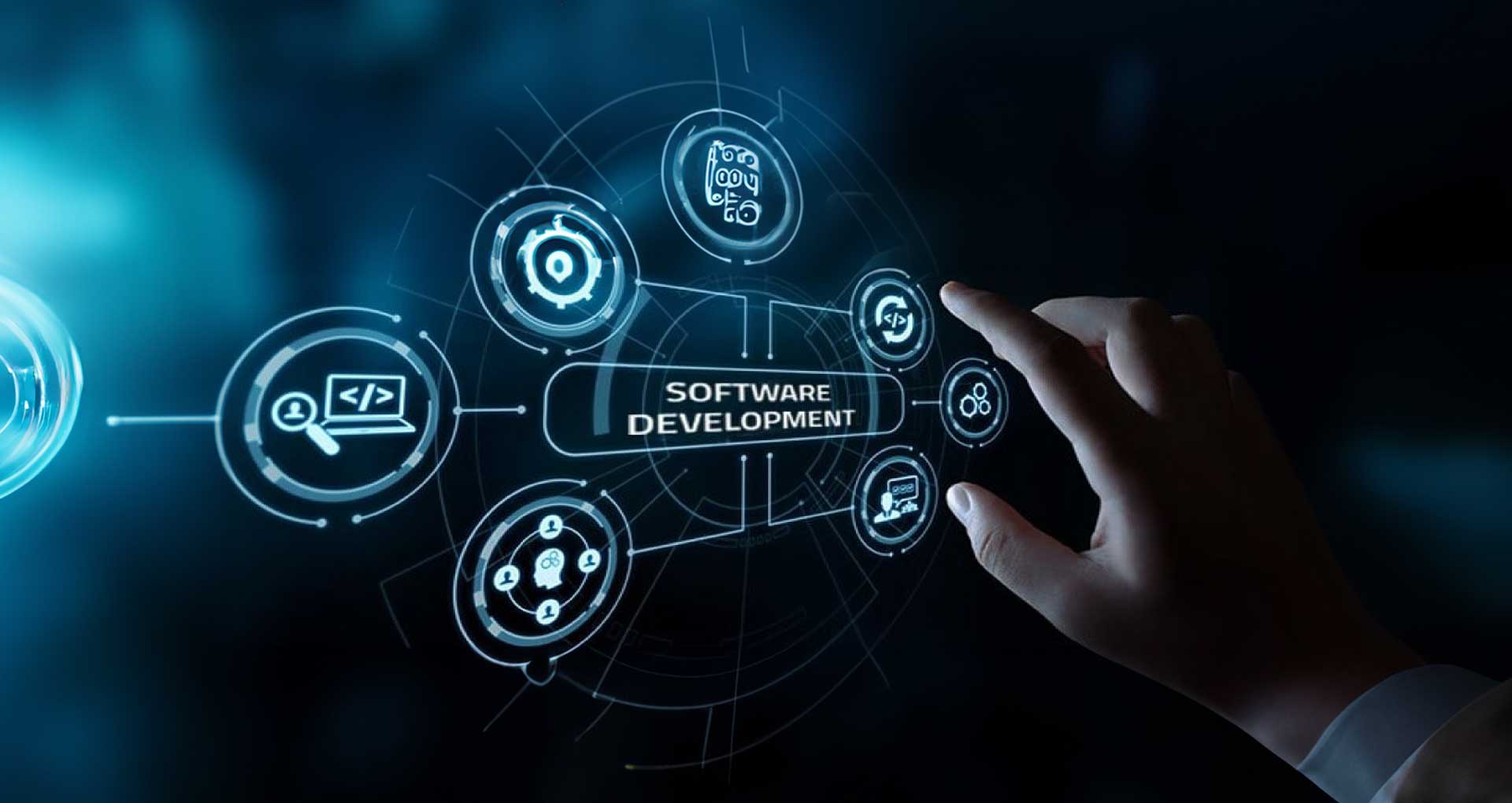
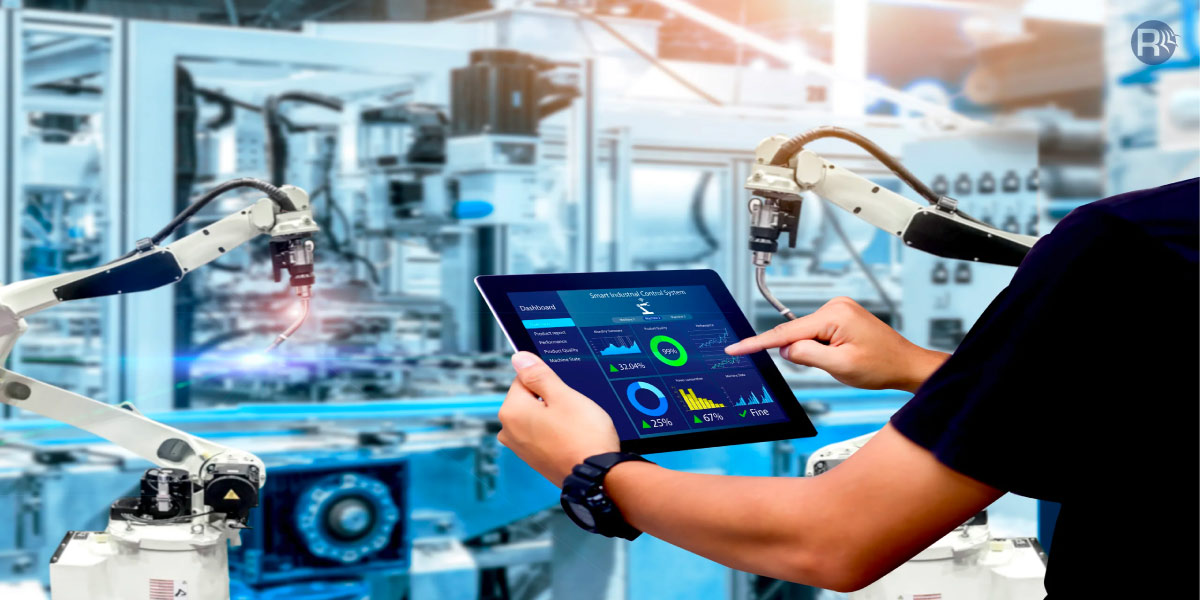
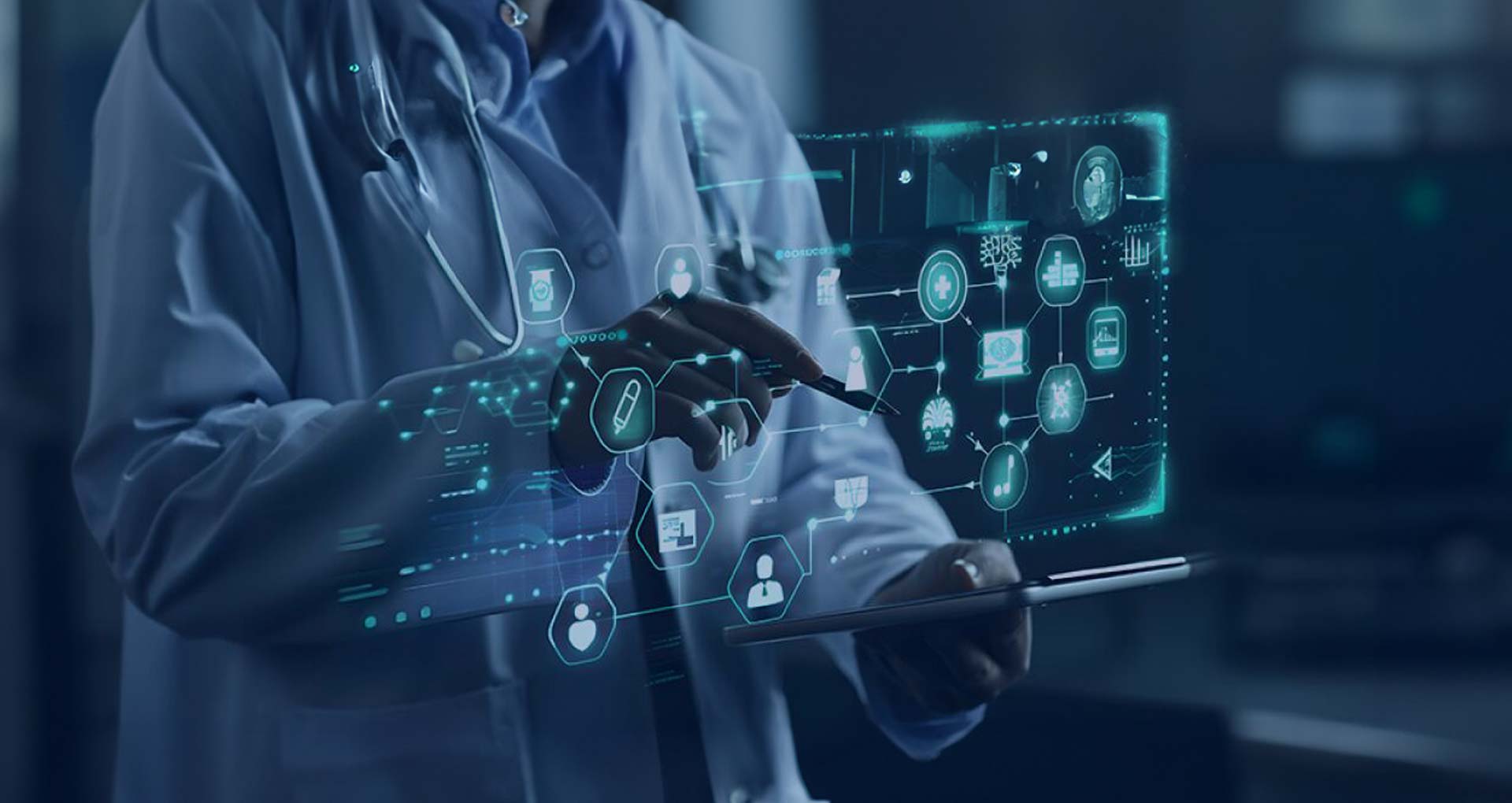
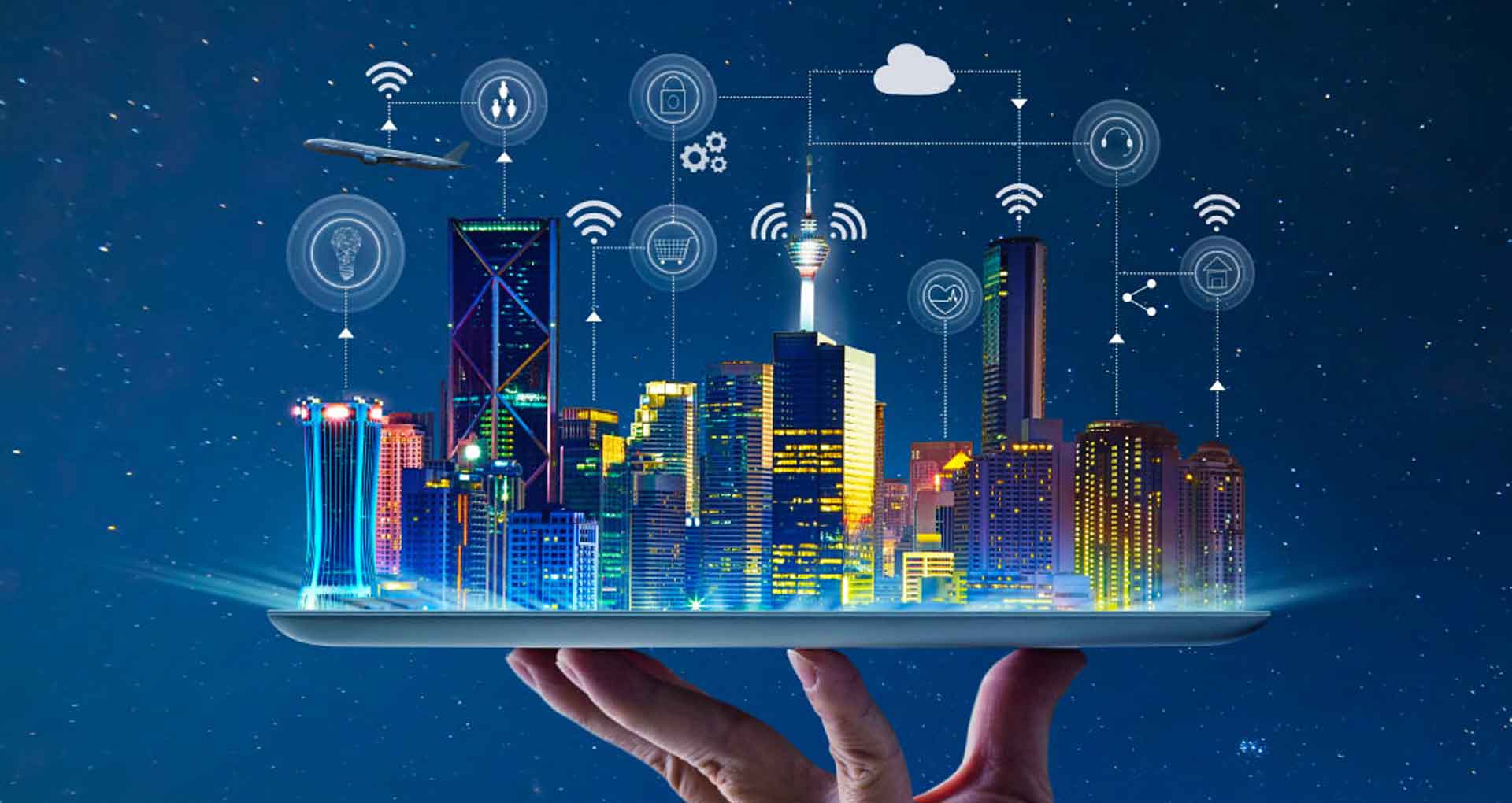





 30 Min
30 Min


